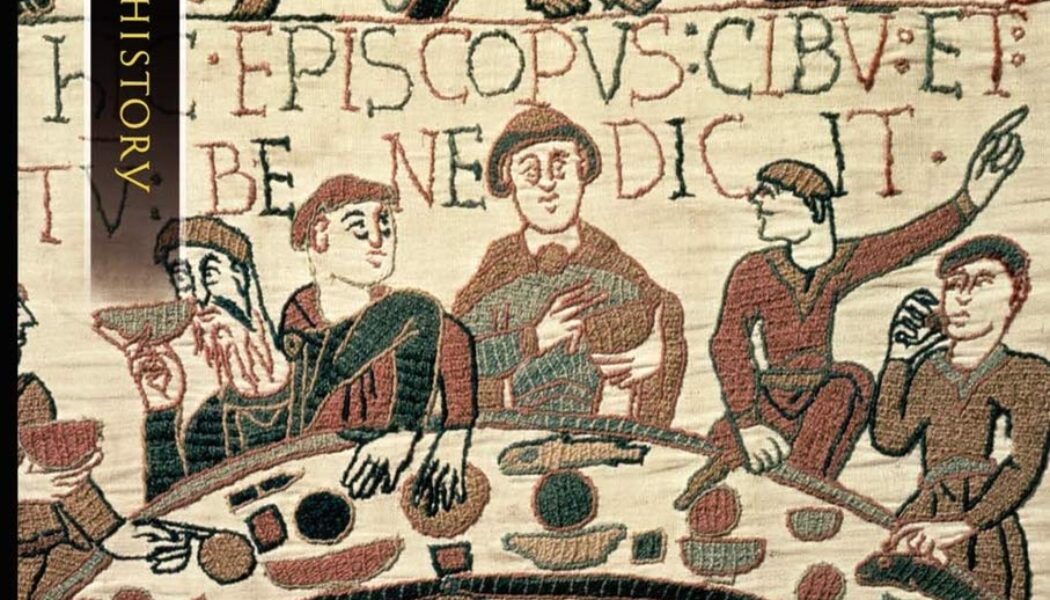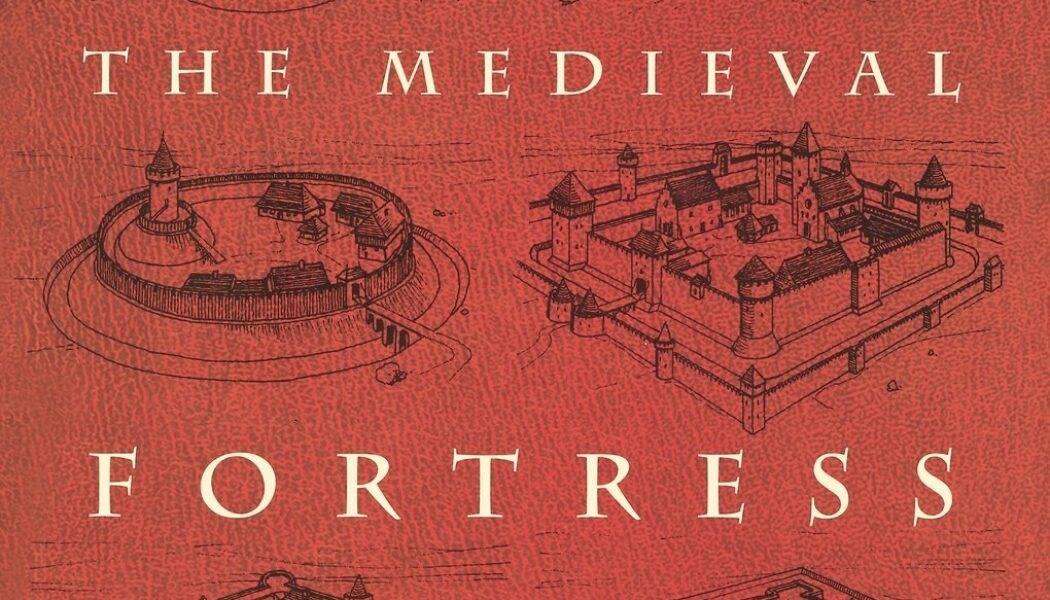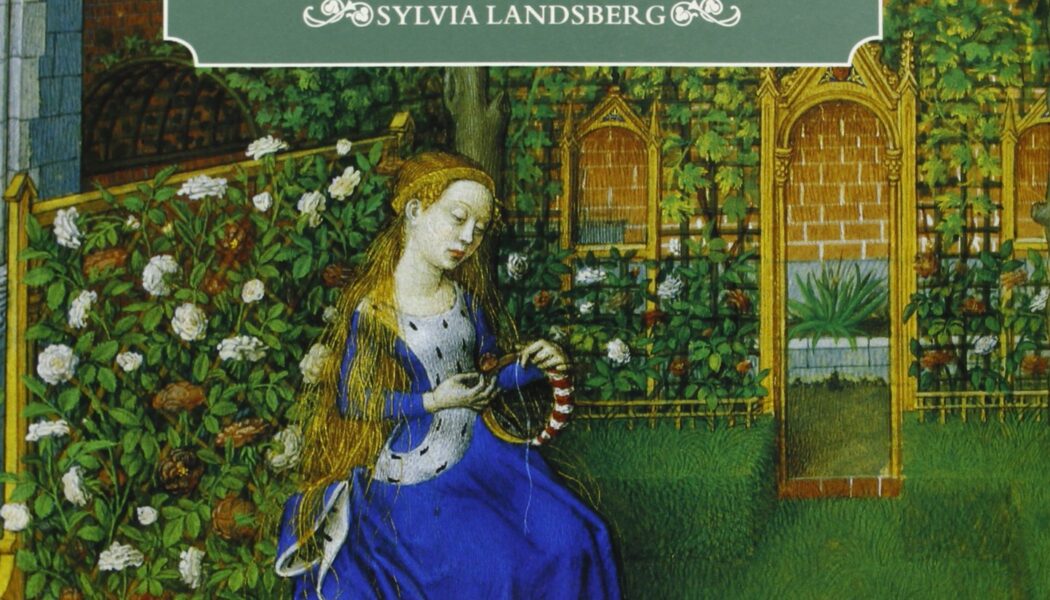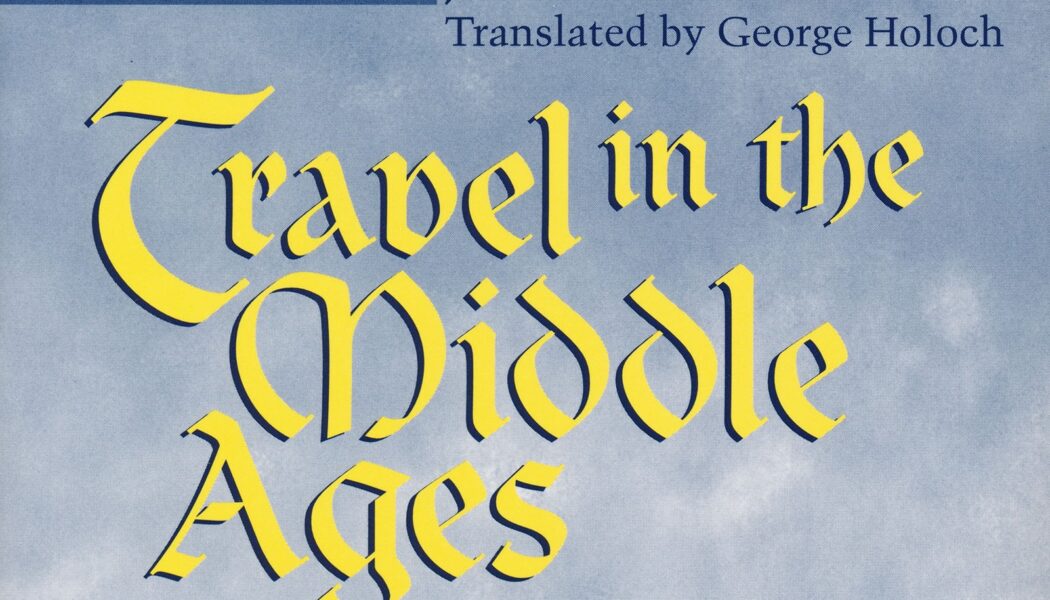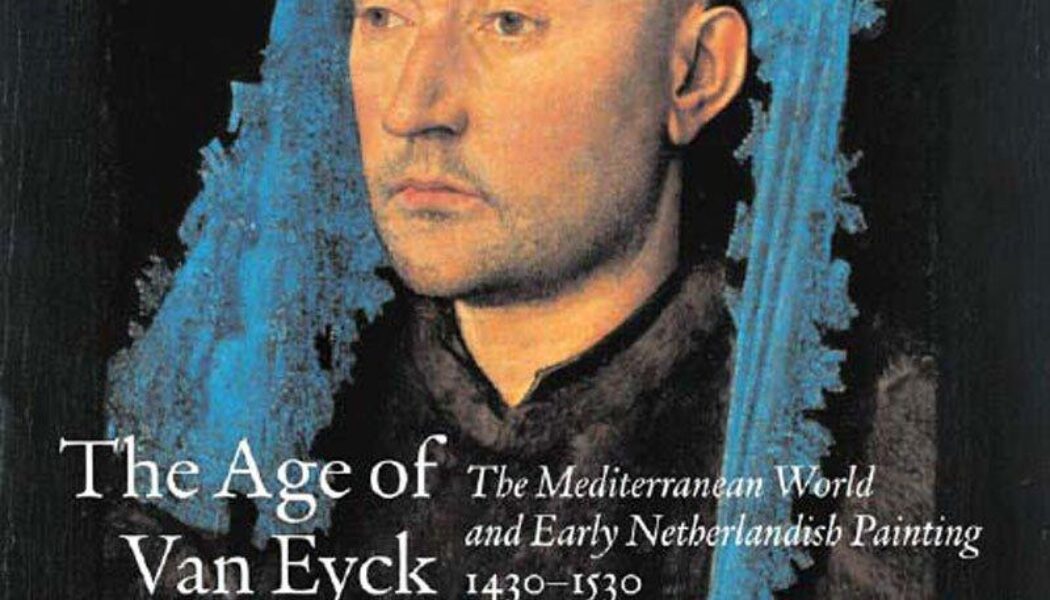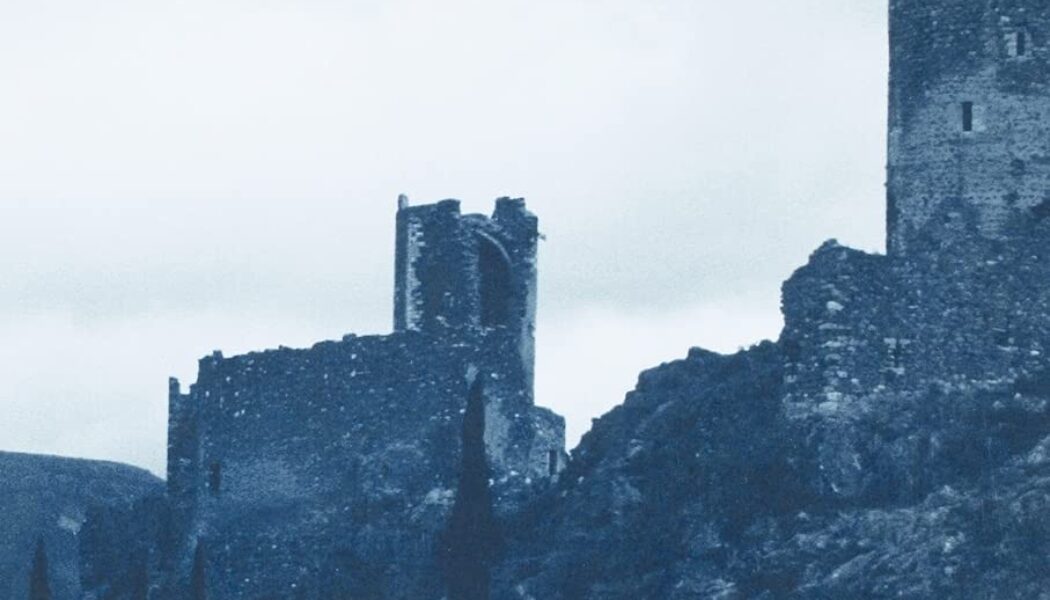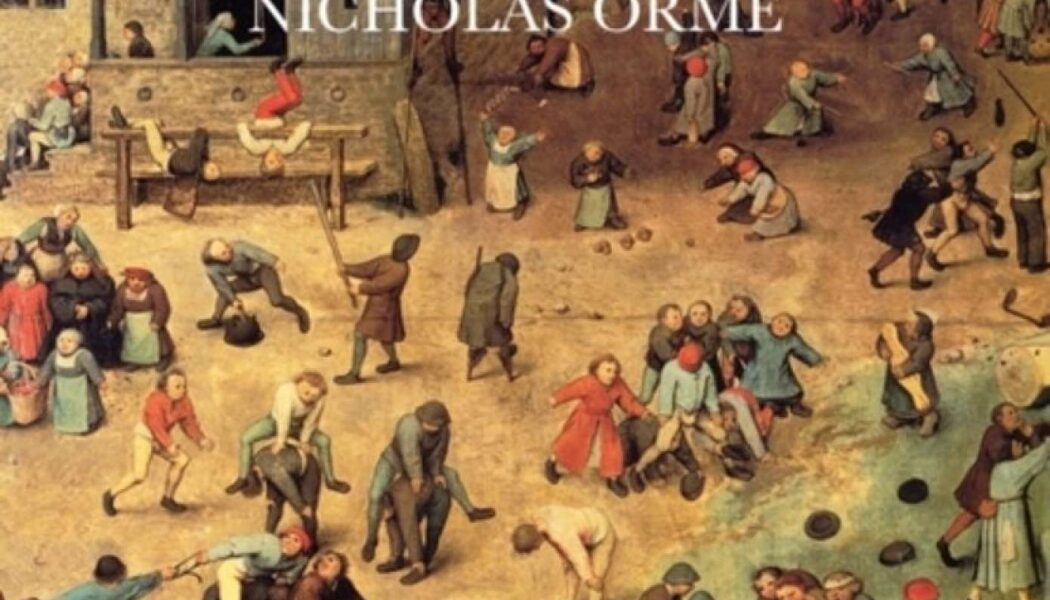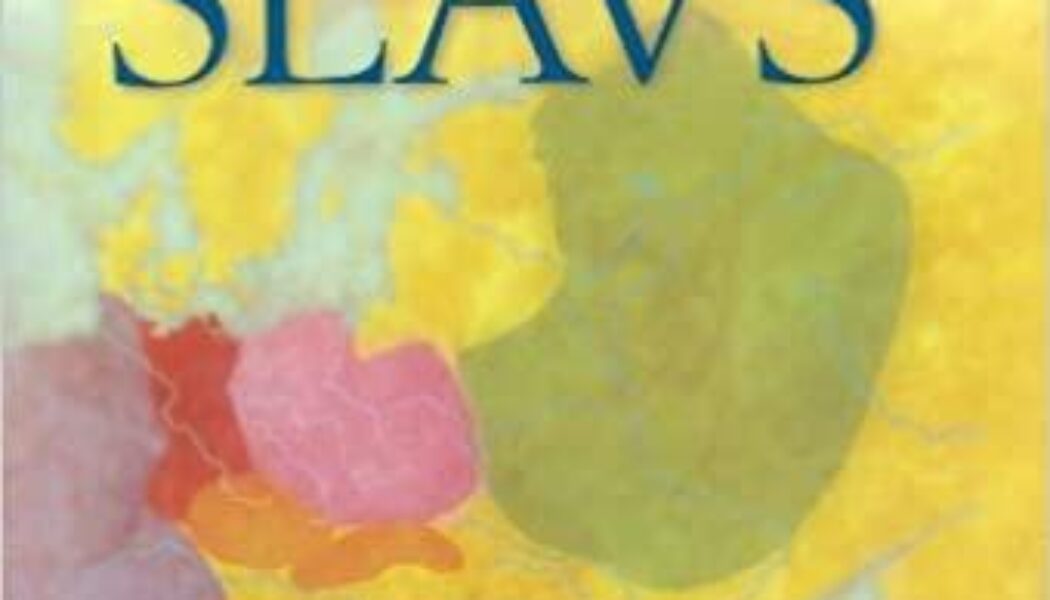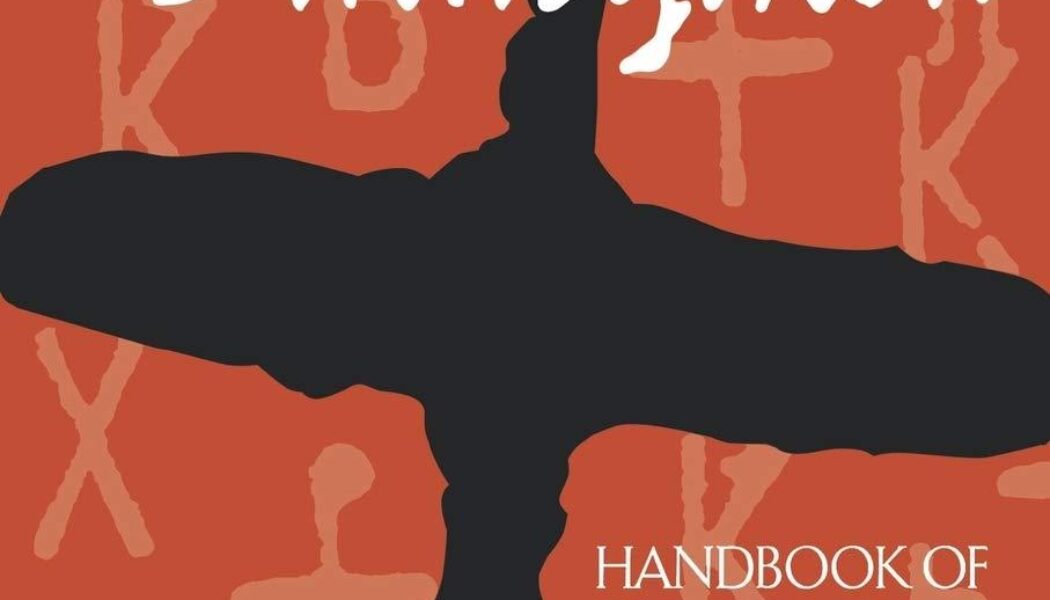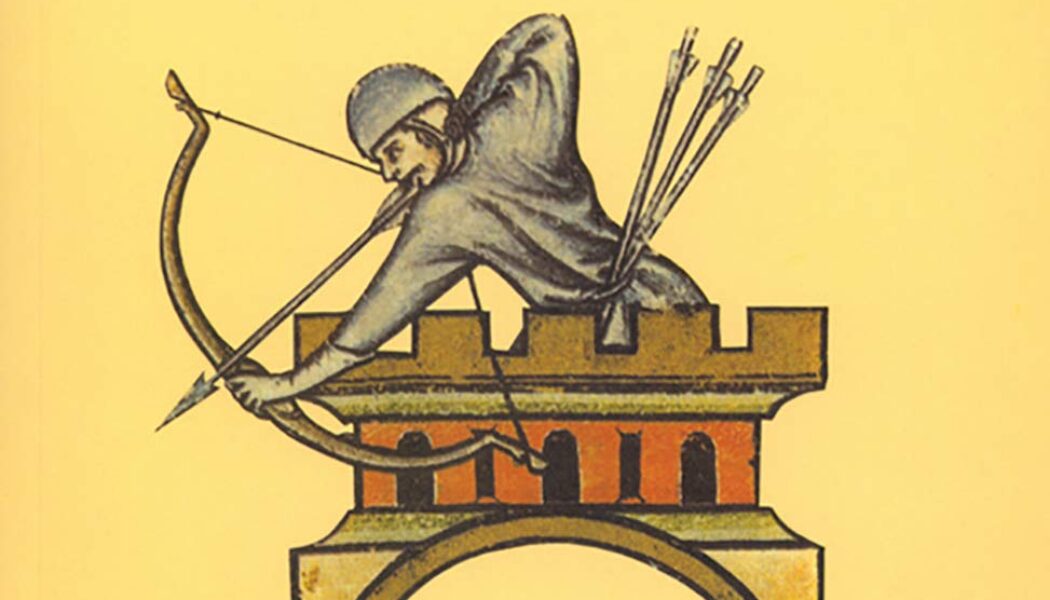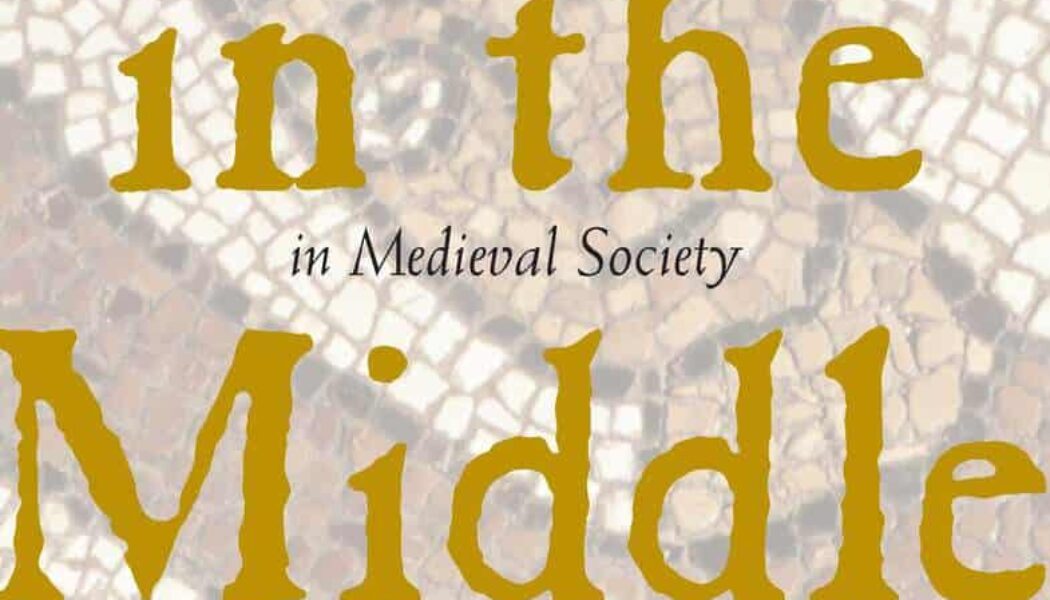Read
Food in Medieval Times
Food was a status symbol then, and sumptuary laws defined what a person of a certain class could eat―the ingredients and preparation of a dish and how it was eaten depended on a person's status, and most information is available on the upper crust rather than the masses. Equalizing factors might have been religious strictures and such diseases as the bubonic plague, all of which are detailed here.
Aristotle’s Children: How Christians, Muslims, & Jews Rediscovered Ancient Wisdom & Illuminated the Middle Ages
Europe was in the long slumber of the Middle Ages, the Roman Empire was in tatters, and the Greek language was all but forgotten, until a group of twelfth-century scholars rediscovered and translated the works of Aristotle. His ideas spread like wildfire across Europe, offering the scientific view that the natural world, including the soul of man, was a proper subject of study. The rediscovery of these ancient ideas sparked riots and heresy trials, caused major upheavals in the Catholic Church, and also set the stage for today's rift between reason and religion. In Aristotle's Children, Richard Rubenstein transports us back in history, rendering the controversies of the Middle Ages lively and accessible-and allowing us to understand the philosophical ideas that are fundamental to modern...
The Medieval Fortress: Castles, Forts, & Walled Cities Of The Middle Ages
The Medieval Fortress covers the origin and evolution of the castles and other walled defenses, their major components, and the reasons for their eventual decline, which was not solely due to the introduction of gunpowder. Also receiving extensive coverage are the weapons and equipment of garrisons and besieging troops.
The Medieval Garden
Combining her historical knowledge with practical experience of recreating medieval gardens in various sites in England, Landsberg explains how she designed Queen Eleanor's garden at Winchester and Brother Cadfael's physic garden at Shrewsbury. She gives detailed descriptions of layouts, the measurements of beds, and the types of tools required. Landsberg also presents the marvelous medieval gardeners calendar, illustrated in the twelve 'Occupations of the Months.' Uniquely, the book offers practical advice on how to create typical medieval features, making it an interesting and unusual gift for any keen gardener.
Travel In The Middle Ages
Travel in the Middle Ages is filled with the stories and adventures of those who hazarded hostile landscapes, elements, and people―out of want or necessity―to get from place to place. While most journeys involved very short distances (home to market or village to village), longer trips were not uncommon in the Middle Ages. Clergy were frequently called upon to act as ambassadors, messengers, and overseers to the various monasteries and churches within their jurisdiction. Merchants, agents of the king, and pilgrims were also frequently required to travel. While sharing the fascinating stories of these ordinary wayfarers, Verdon also relates colorful tales of the journeys of notable historical figures such as Marco Polo and Christopher Columbus.
The Age of Van Eyck: The Mediterranean World & Early Netherlandish Painting 1430-1530
This book explores the complex artistic, cultural, socioeconomic, and political relationships between Burgundian Netherlands and the Mediterranean.
The History of the Albigensian Crusade: Peter of les Vaux-de-Cernay’s `Historia Albigensis’
The Historia Albigensis is one of the most important sources for the history of the Cathar heresy and the Albigensian crusade. This new translation makes the work available in English for the first time.
Medieval Children
A look at the lives of children, from birth to adolescence, in medieval England.
Maurice’s Strategikon: Handbook of Byzantine Military Strategy
In this first complete English translation, the Strategikon is an invaluable source not only for early Byzantine history but for the general history of the art of war.
The Medieval Archer
This is a study of the archer and his weapon, from the Norman Conquest to the Wars of the Roses.
Ghosts in the Middle Ages: The Living & the Dead in Medieval Society
Through this vivid study, Jean-Claude Schmitt examines medieval religious culture and the significance of the widespread belief in ghosts, revealing the ways in which the dead and the living related to each other during the middle ages.

